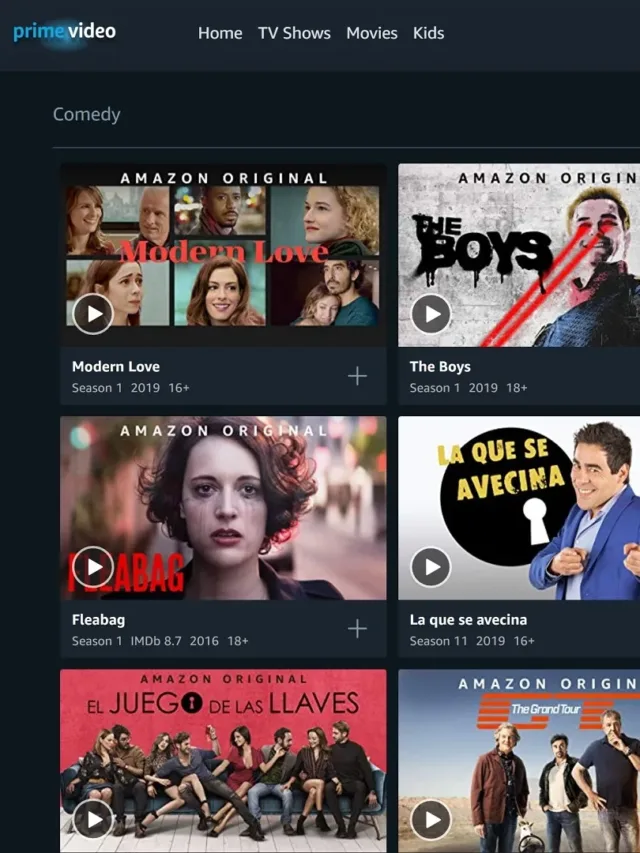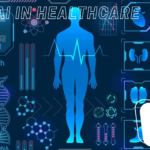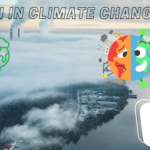Unleashing Creativity and Imagination: Exploring AI and Generative Models in 2023
Table of Contents
Introduction
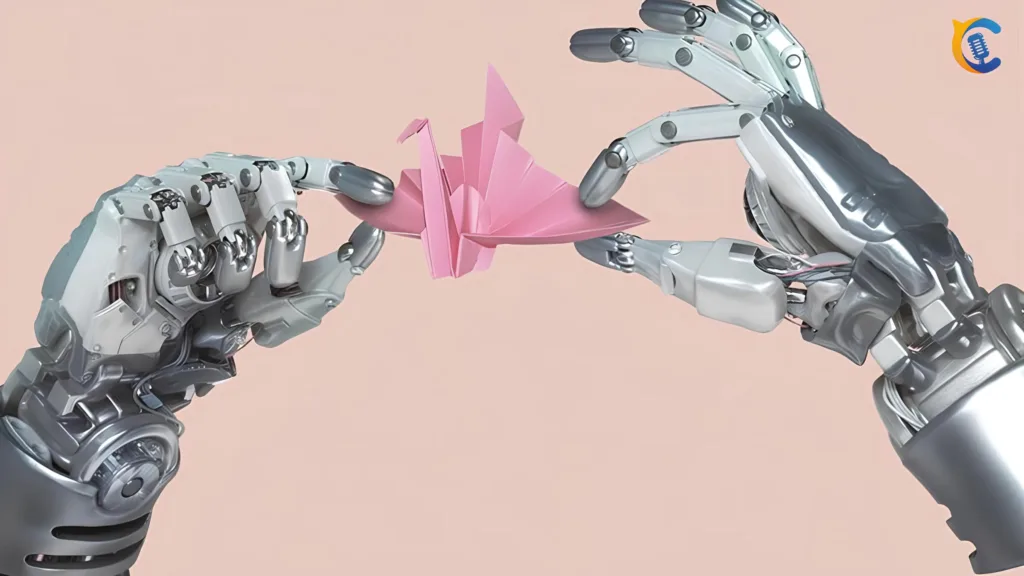
Artificial Intelligence (AI) continues to captivate our imagination, pushing the boundaries of what technology can achieve. Among the many remarkable facets of AI, generative models stand out as a fascinating innovation. These models, powered by complex algorithms and machine learning techniques, have the ability to create art, music, text, and even entire worlds. In this blog, we embark on a journey to unravel the intriguing world of AI and generative models, exploring their capabilities, applications, and the future they promise.
Understanding Generative Models

At the heart of generative models lies the concept of creating something new from existing data. Unlike traditional AI models that are trained to recognize patterns or make predictions, generative models are designed to generate content that resembles the input data they were trained on. One of the most popular types of generative models is Generative Adversarial Networks (GANs).
Generative Adversarial Networks (GANs)
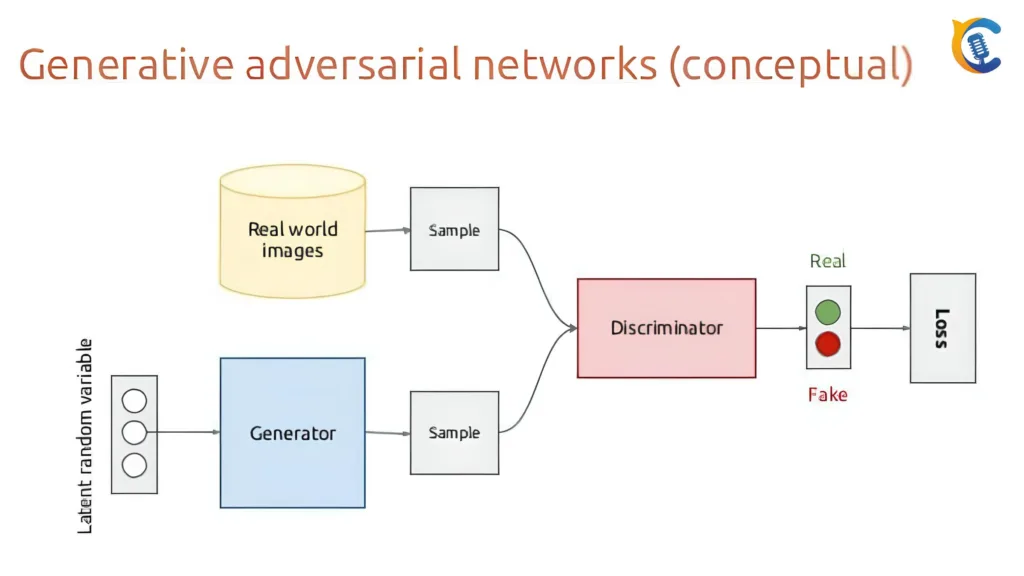
GANs consist of two neural networks: a generator and a discriminator. The generator creates new data instances, while the discriminator evaluates whether the generated data is real or fake. This dynamic interplay results in the generator continuously improving its output until it becomes increasingly difficult for the discriminator to distinguish between real and generated data. As a result, GANs have been used to create astonishingly realistic images, videos, and even audio.
Applications of Generative Models

- Art and Creativity: Generative models have enabled AI to produce art that challenges our perception of human creativity. From paintings and sculptures to digital designs, AI-generated art has taken the art world by storm, blurring the lines between human and machine-generated creations.
- Content Creation: AI-powered text generators have demonstrated the ability to write coherent and contextually relevant articles, stories, and poems. This technology has the potential to revolutionize content creation industries by providing a source of inspiration and assistance to writers and creators.
- Music Composition: Generative models have shown remarkable proficiency in composing music across genres. These AI-generated compositions can inspire musicians and serve as a starting point for further human refinement.
- Video Game Design: AI-generated landscapes, characters, and even entire game environments are being explored by the gaming industry. This not only expedites the game development process but also introduces innovative and unexpected elements into gameplay.
- Healthcare and Drug Discovery: AI-powered generative models can assist in drug discovery by generating novel molecular structures that could potentially lead to new medications and treatments.
Ethical and Creative Considerations

The rise of generative models prompts thought-provoking ethical questions. Who owns the rights to AI-generated art? Can AI truly replicate the depth of human creativity? While AI can mimic patterns and styles, it lacks the intrinsic emotional experiences that human creators infuse into their work. The creative process, driven by passion, inspiration, and culture, remains a distinctive human trait.
The Future of Generative Models

As technology advances, so do the capabilities of generative models. We can anticipate the following trends:
- Improved Realism: Generative models will continue to produce increasingly realistic outputs, blurring the line between human-created and AI-generated content.
- Customization and Personalization: AI will be leveraged to create customized experiences, tailoring art, music, and even fashion designs to individual preferences.
- Collaboration Between Humans and AI: The future lies in the collaboration between AI and human creators. AI can provide the foundation, while human artists infuse emotion, context, and meaning into the creations.
Human-AI Creative Nexus: A Harmonious Partnership

As generative models become more sophisticated, the lines between human creativity and AI-generated content continue to blur. This dynamic has led to an exciting fusion of artistic expression, where human creators and AI collaborate to produce captivating works that might never have been possible otherwise.
Augmented Creativity

Rather than viewing AI as a replacement for human creativity, it’s more accurate to see it as a tool that amplifies and augments human potential. AI can analyze vast amounts of data, identifying patterns and trends that may elude human perception. This can spark new ideas, prompt innovative approaches, and guide creators toward uncharted artistic territories.
Consider a painter collaborating with an AI model. The AI could analyze the artist’s past works, artistic influences, and current trends, then suggest novel techniques or styles that align with the artist’s unique vision. This amalgamation of human intuition and AI-powered insights could result in a masterpiece that transcends the boundaries of traditional art.
Unleashing Imagination
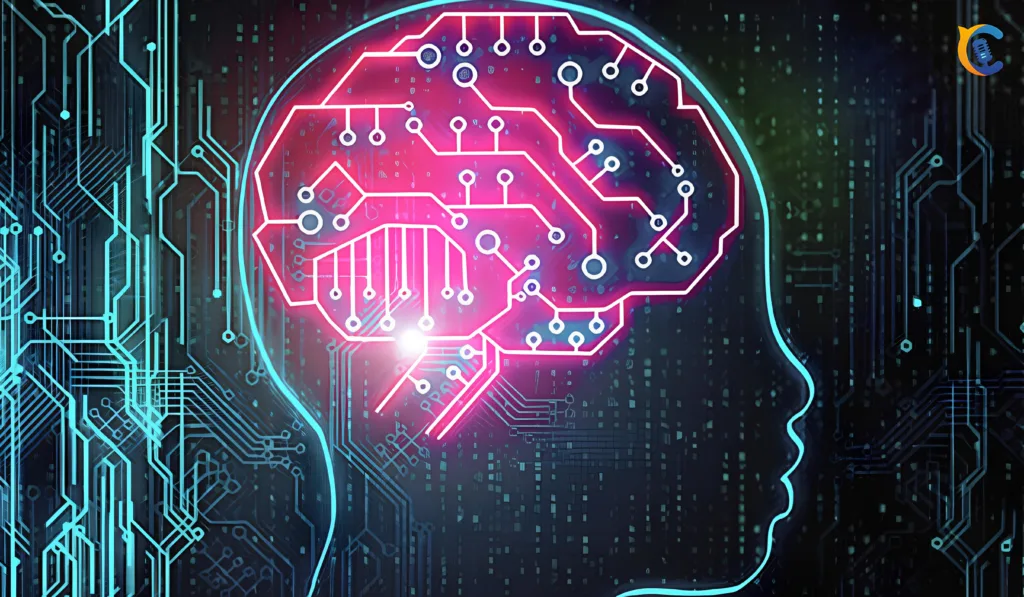
Generative models excel at producing variations and permutations of existing data. This ability can be harnessed to break creative bottlenecks and push the boundaries of imagination. For instance, a musician grappling with writer’s block could turn to an AI that generates a multitude of musical snippets, inspiring fresh melodies and harmonies that serve as a launchpad for the artist’s creative process.
This collaboration between human creativity and AI-driven exploration can lead to innovative breakthroughs across diverse fields, from scientific research to architectural design, propelling humanity forward in unprecedented ways.
Preserving the Human Touch

While AI can generate impressive content, it lacks the profound emotional and experiential depths that only humans can infuse into their creations. A piece of art isn’t just about visual appeal; it often carries a narrative, a message, or an emotional resonance that reflects the artist’s inner world.
This is where the true magic of collaboration emerges. Human creators take the AI-generated raw material and imbue it with their own unique perspectives, emotions, and stories. The result is a harmonious blend of technical precision and artistic soul that resonates deeply with audiences.
Challenges and Considerations
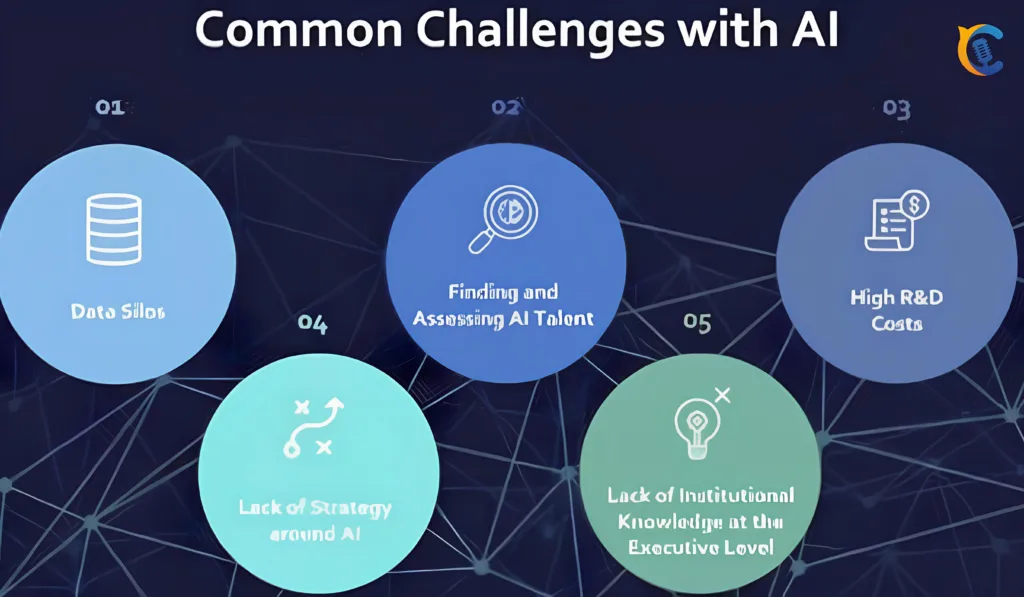
As we embrace the potential of AI-human creative partnerships, certain challenges must be navigated:
- Ethical Ownership and Attribution: Determining ownership and properly attributing AI-generated content can be complex. Artists, AI developers, and legal systems will need to collaborate to establish clear guidelines and frameworks.
- Guarding Against Bias: AI models can inadvertently perpetuate biases present in their training data. Ensuring that AI-generated content aligns with ethical and inclusive values is crucial.
- Maintaining Authenticity: The authenticity of AI-augmented art is a topic of debate. Discerning audiences may value art that springs solely from human creativity, emphasizing the genuine connection between the artist and their work.
AI and Generative Models: The Road Ahead
As generative models evolve and creative collaborations between humans and AI become more commonplace, the boundaries of what’s possible in art, science, and innovation will continue to expand. This collaborative approach has the potential to not only redefine creativity but also to catalyze new perspectives, ideas, and paradigms that propel humanity into a future of boundless possibilities.
The journey of AI and generative models is not about replacing human creativity; it’s about amplifying it, challenging it, and redefining it. In this symbiotic partnership, humans provide the heart and soul, while AI contributes the analytical prowess and novel perspectives. Together, they form a harmonious duet that produces melodies of innovation, colors of imagination, and strokes of creativity that captivate and inspire us all.
AI and Generative Models Key Facts
- Transforming Creativity: AI generative models revolutionize creative fields by autonomously producing art, music, and literature.
- Realistic Content Creation: Generative models like GPT-3 enable hyper-realistic content synthesis, blurring lines between human and AI creation.
- Medical Breakthroughs: AI-driven generative models accelerate drug discovery and medical research through predictive simulations.
- Conversational Agents: Chatbots powered by AI generative models offer sophisticated and personalized interactions, transforming customer service.
- Ethical Dilemmas: AI-generated content raises concerns about authorship, plagiarism, and copyright in the digital era.
- Enhanced Productivity: Generative models streamline content generation, from drafting emails to coding, boosting efficiency.
- Limitless Learning: AI generative models can simulate virtual teachers, offering personalized, on-demand education.
- Bias Amplification: Unconscious biases present in training data can lead to ethical challenges when AI generates biased content.
- Entertainment Evolution: AI-powered games and storytelling create immersive experiences that adapt to individual players.
- Redefining Industries: AI generative models reshape marketing, design, and entertainment, pushing the boundaries of innovation.
AI and Generative Models: Conclusion
Generative models have propelled AI into the realm of creativity and imagination, giving rise to a new era of artistic expression and innovation. While they raise ethical and philosophical questions about the nature of creativity, there’s no denying the potential and excitement that AI brings to various industries. The convergence of human ingenuity and AI capabilities promises to shape a future where the boundaries of creativity are expanded, paving the way for unparalleled artistic achievements and technological advancements. As we continue to explore the limitless potential of AI and generative models, we are witnessing the birth of a new form of collaboration between humans and machines, redefining what it means to create and inspire.
- Arsenal team formation 2023: A Comprehensive Overview 2023
- Greece’s Epic Fight Against Devastating Wildfires
- NASA Shares First Images of US Pollution
- AIRCRAFT CRASHES IN AUSTRALIA’S NORTHERN TERRITORY DURING US MILITARY TRAINING EXERCISE
- Further Insights into the Top 20 US Cities with Highest Internet Usage


